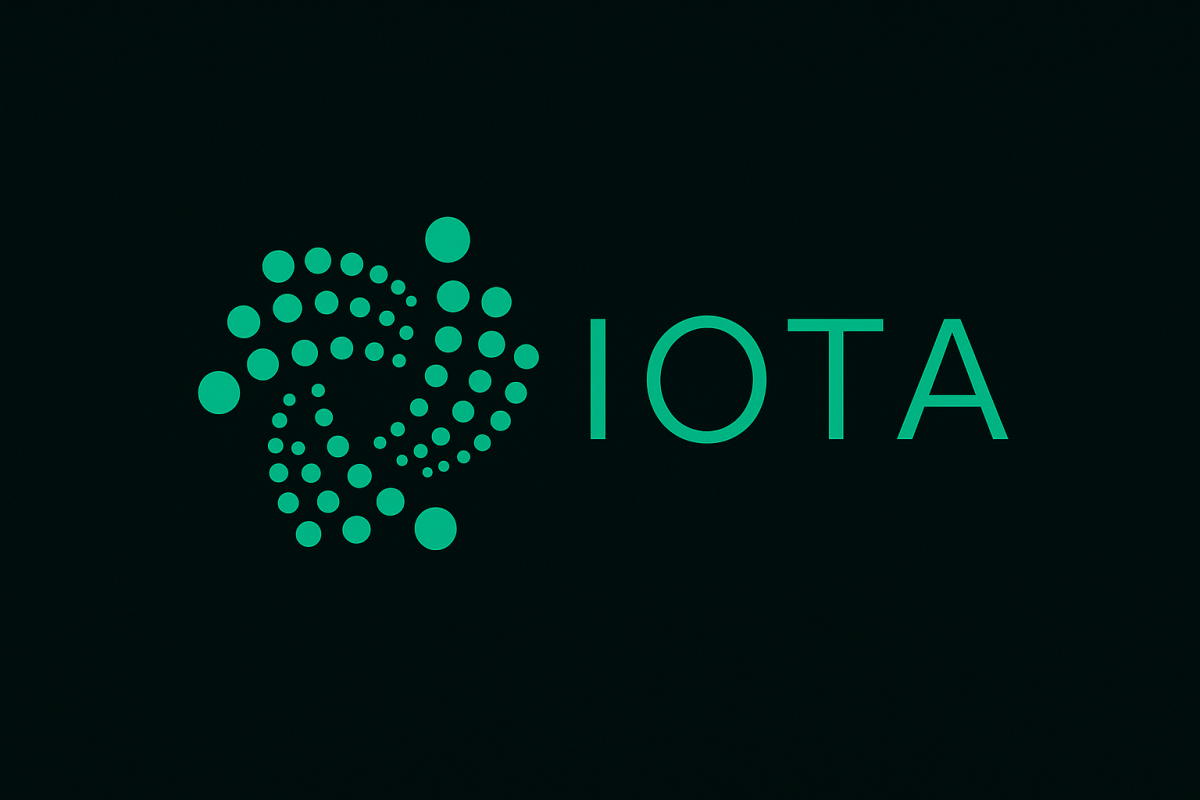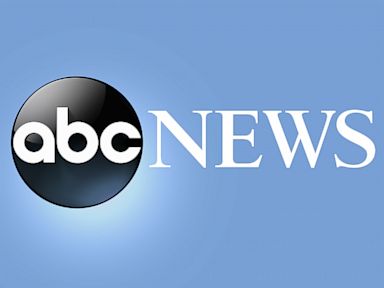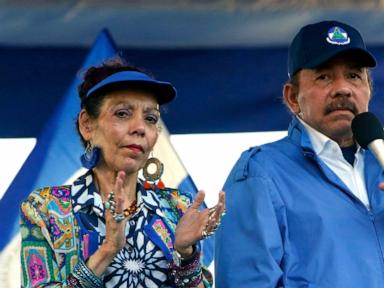ARTICLE AD BOX

- IOTA’s TWIN system uses verifiable digital identities and tamper-proof document trails to eliminate bureaucracy and ensure data integrity.
- The protocol’s modular design allows businesses to selectively adopt features, while a global council, including IOTA and trade authorities, oversees governance.
IOTA has just published an updated whitepaper of its Trade & Logistics Information Network (TWIN). It presents a detailed framework that will change the way in which international trade, which exceeds $33 trillion per year, is managed and validated.
Inside IOTA’s Updated TWIN Whitepaper
The new version of the TWIN protocol suggests a decentralized framework to trade documents, compliance proofs, cargo, and business credentials that are designed to make international trade across borders easier, as per our previous article.
Created by the IOTA Foundation in collaboration with global partners, the new framework introduces a modular and interoperable approach to cross-border logistics. It focuses on minimizing friction, eliminating redundant bureaucracy, and improving data integrity across the supply chain.
One of the major aspects within the TWIN system is its utilization of digital identities and tamper-evident document trails. Companies operating on the network register and receive verifiable credentials that enable them to digitally sign cargo manifests, invoices, and customs records.
Such documents can then be circulated throughout the TWIN network. This means that any stakeholder, whether a shipping line or customs office, can check whether these documents are real without the involvement of a central authority.
Further, the IOTA TWIN architecture is modular in nature. Instead of having to force businesses to accept a monolithic system, TWIN enables them to choose a selective installation of the elements they need in their business, like container or tracking. As operations scale or see changes, one may add new modules without destabilizing current setups.
Other Factors That Help TWIN Stand Out
Interoperability is another factor as well. The new protocol facilitates conversion between the dissimilar data standards in worldwide logistics, e.g., GS1 and EPCIS 2.0. This will facilitate a smooth flow of information within the supply chain that might be running on varied systems, such that information would be accessible and practical regardless of where the limits of borders lie.
Leveraging IOTA’s TWIN decentralized trust mechanism also allows parties to verify claims, such as certification or operational track records, directly within the network without having to consult an intermediary for validation of that claim. For instance, a port operator can confirm the compliance status of a freight operator in real-time by verifying the cryptographic credentials.
Real-life tests have also been reported in the white paper as when a single deployment in Kenya lowered the customs clearance costs for the population. It reduces the five-day clearance down to two days, but with many fewer manual errors.
For further context, the TWIN network is governed by a council that consists of the IOTA Foundation, trade organizations across the globe, and government bodies. This regulating organization votes on amendments and protocols, which allows the synchronization of the evolution of the protocol while maintaining a global consensus.
.png)
 3 months ago
7
3 months ago
7








 English (US)
English (US)